What are Bridges in Crypto? | Crypto Bridges for Beginners
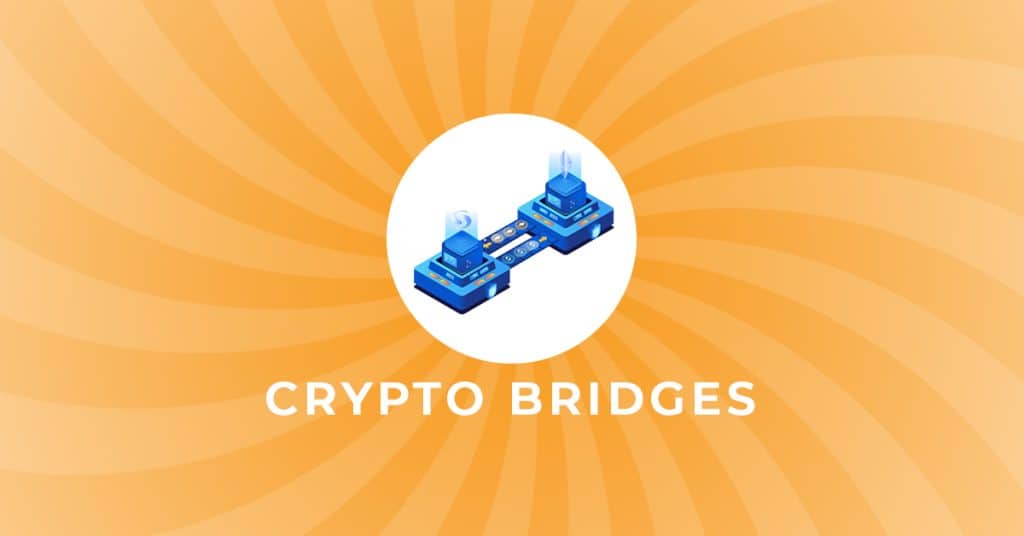
There is an incredible amount of innovation occurring in the DeFi sector, across numerous blockchains, each with varying levels of services and adoption. Ethereum continues to be the dominant chain for DeFi activity however there are many other chains that are building competing products and developing communities such as Avalanche, Solana, Tezos, Polkadot, Fantom, Polygon and Algorand, to name a few. Many of which are competing on the basis of lower fees and higher transaction throughput. Some are Layer 1 protocols, others Layer 2. There are sidechains and parachains. The list goes on.
The reality is that we now live in a multi-chain world, with value being spread across multiple protocols, with each operating in isolation and with different consensus rules. In order to create an environment which helps to bring DeFi to the masses, there needed to be a way that these protocols could interact with one another and facilitate the transfer of digital assets from one chain to another. Cross-chain bridges solve this problem.
The Benefits of Bridges in Crypto
- Bridges in crypto can enable digital asset transfers from a high value chain that may have very few dApps, such as Bitcoin, to one which has an established DeFi structure, such as Ethereum.
- Bridges can also improve scalability, enabling users to conduct fast, low-cost transactions on otherwise less-scalable chains.
- Users can operate dApps on multiple DeFi platforms.
- Developers can implement and execute dApps across multiple DeFi platforms.
How do Bridges Work?
When a user connects their wallet to a bridge and transfers a digital asset from one chain to another, that asset is not actually sent anywhere. Instead, the asset is locked on the blockchain where it originated and then new tokens in the same quantity are created on the receiving blockchain. When the user wants to redeem the asset, the equivalent tokens are burned and the original assets are unlocked. This process ensures that an asset cannot be used on both chains at the same time.
Are Bridges Safe?
As with most activities in crypto, any time that capital leaves your hands, there is always some degree of risk to consider. As the smart contract technology underpinning the use of Bridges is still relatively new, exploits have occurred and will likely continue to occur until such time as the technology is truly battle tested.
A recent example of an exploit was the Wormhole token bridge exploit which culminated in the loss of 120,000 wrapped Ether (wETH) tokens. The Wormhole protocol connects multiple blockchain networks including Ethereum, Terra, Solana, BNB Smart Chain and Avalanche. In the case of this particular exploit, the hacker forged the signature on a transaction in Wormhole, then submitted the invalid transaction to the Solana network which allowed the fraudulent minting of Ethereum tokens.
Some examples of Bridges
Multichain (formerly Anyswap) supports a number of chains including Ethereum, Avalanche, Binance Smart Chain, Polygon, Terra, Fantom and many more.
cBridge (Celer Network) enables users to instantly transfer tokens across popular chains such as Ethereum, Arbitrum, Optimism, Fantom, Polygon and Binance Smart Chain.
Solana’s Wormhole bridge facilitates crossed chain transfers for Ethereum, Solana, Polygon, Avalanche, Terra, Oasis, Fantom and Binance Smart Chain. Wormhole is one of the most popular bridges for linking the Ethereum and Solana blockchains.
Hop Protocol facilitates transfers across Ethereum, Polygon and Gnosis. It’s also a popular choice for users of the Arbitrum and Optimism networks.
Bridges are becoming increasingly important for the entire DeFi ecosystem as users seek to access the benefits of different blockchain technologies without having to choose between platforms. Bridges have also taken considerable pressure off the Ethereum network, the leading DeFi protocol, which has become expensive and slow to use. Bridges continue to foster innovation in other protocols, to the point where it is hard to imagine a ‘winner takes all’ future. More likely, we will continue to see more cross-chain functionality and improved user experiences.






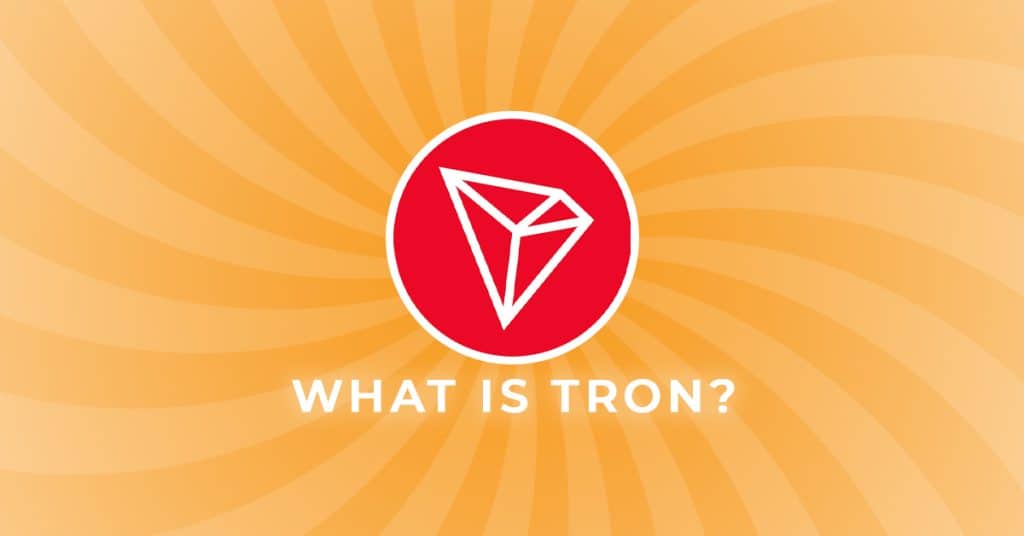
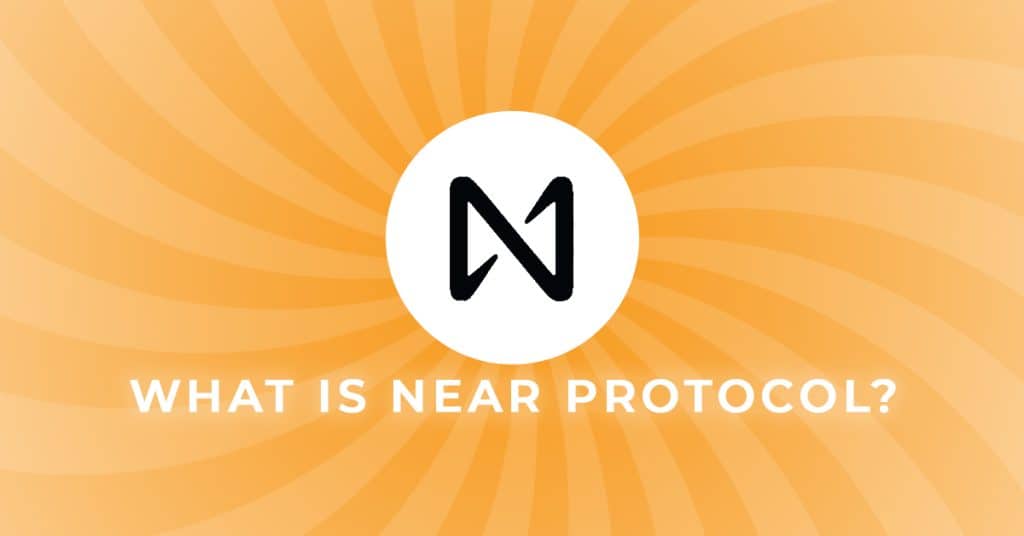


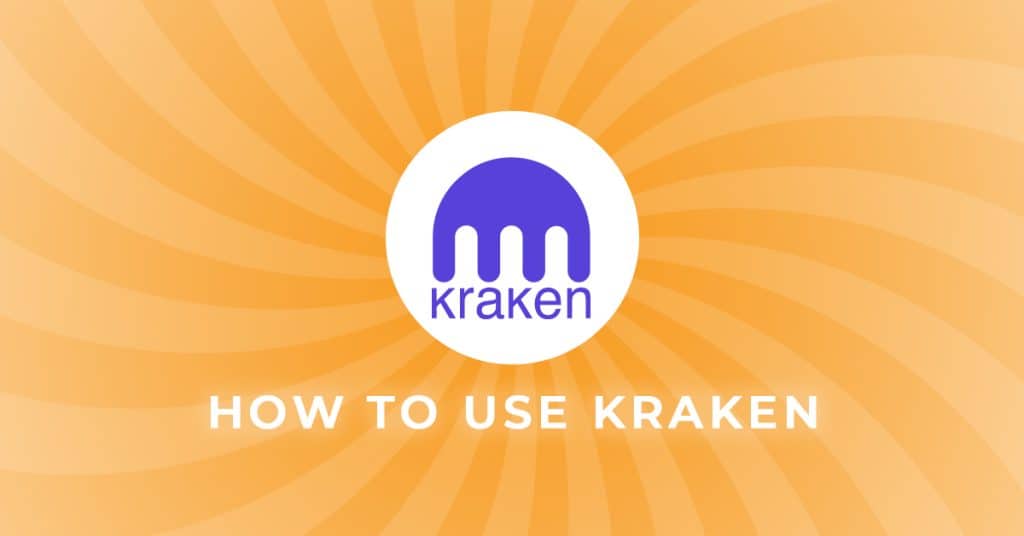

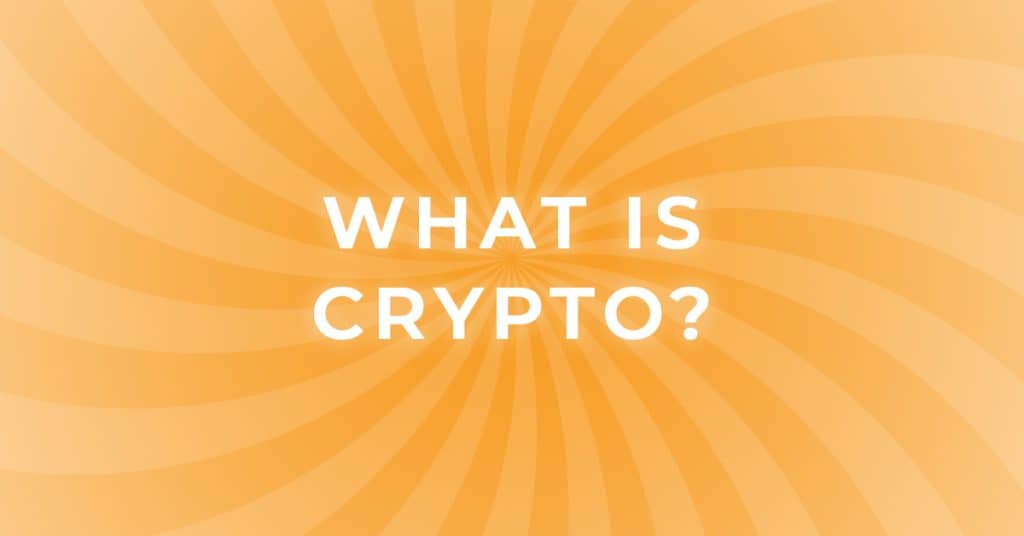
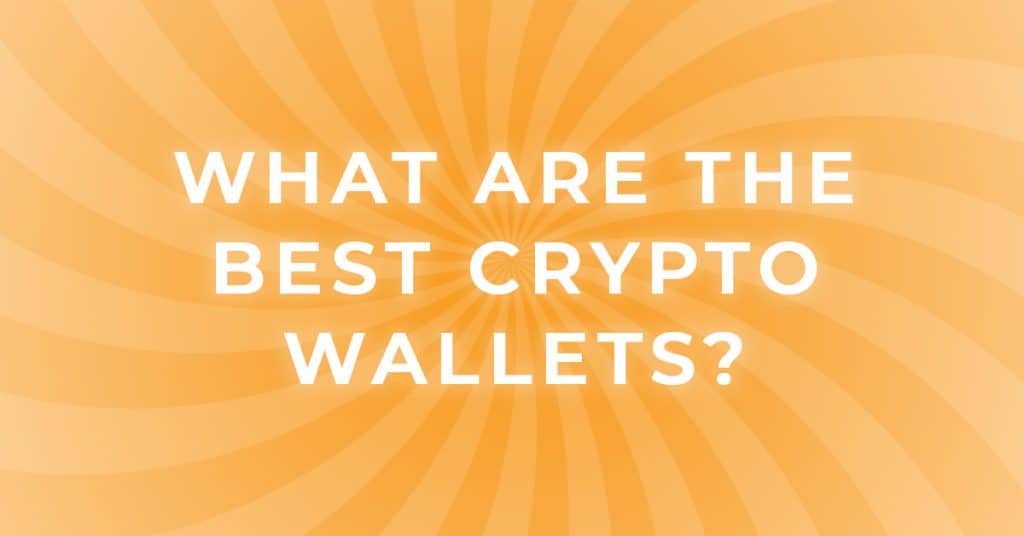


Responses